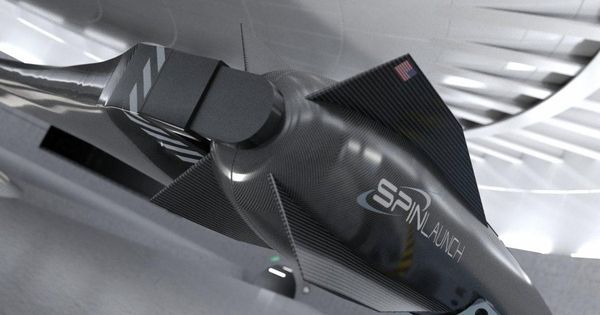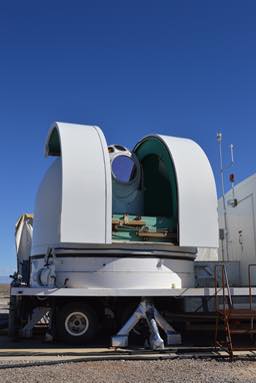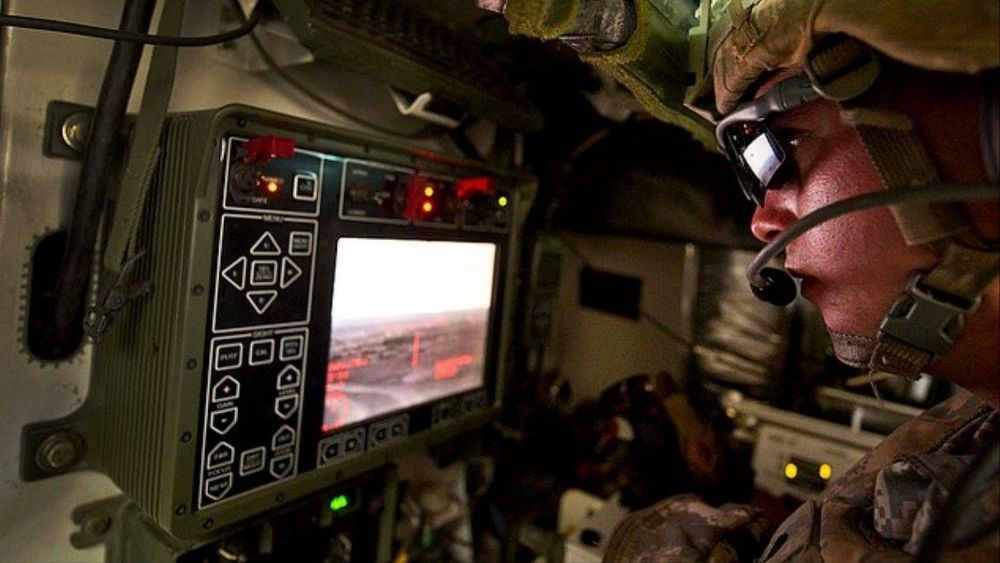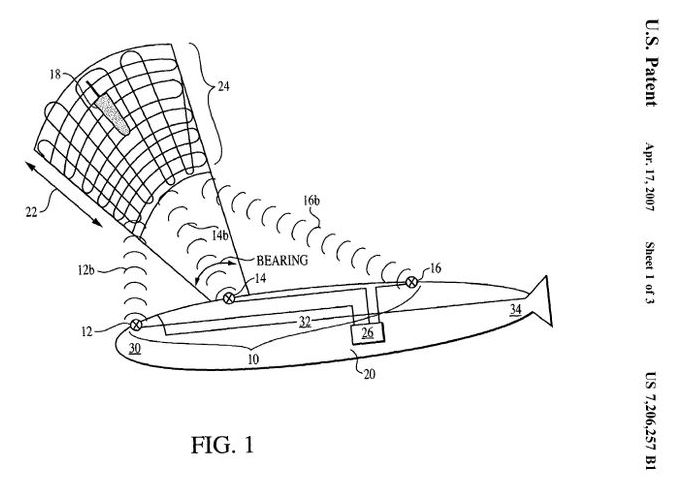Jun 30, 2019
Soldiers’ Art: What traumatic brain injury feels like
Posted by Paul Battista in categories: biotech/medical, military, neuroscience
Active-duty military members suffering from PTSD and traumatic brain injuries made these masks in an art therapy group at the National Intrepid Center of Excellence, located at the Walter Reed National Military Medical Center in Bethesda, Md.
This mask was created by an Airman who was exposed to multiple blast injuries in combat while working on a bomb disposal unit, called EOD — Explosive Ordnance Disposal. The mask incorporates the laurels, shield, and lightning bolts of the EOD insignia.
Credit: Chris Albert

















